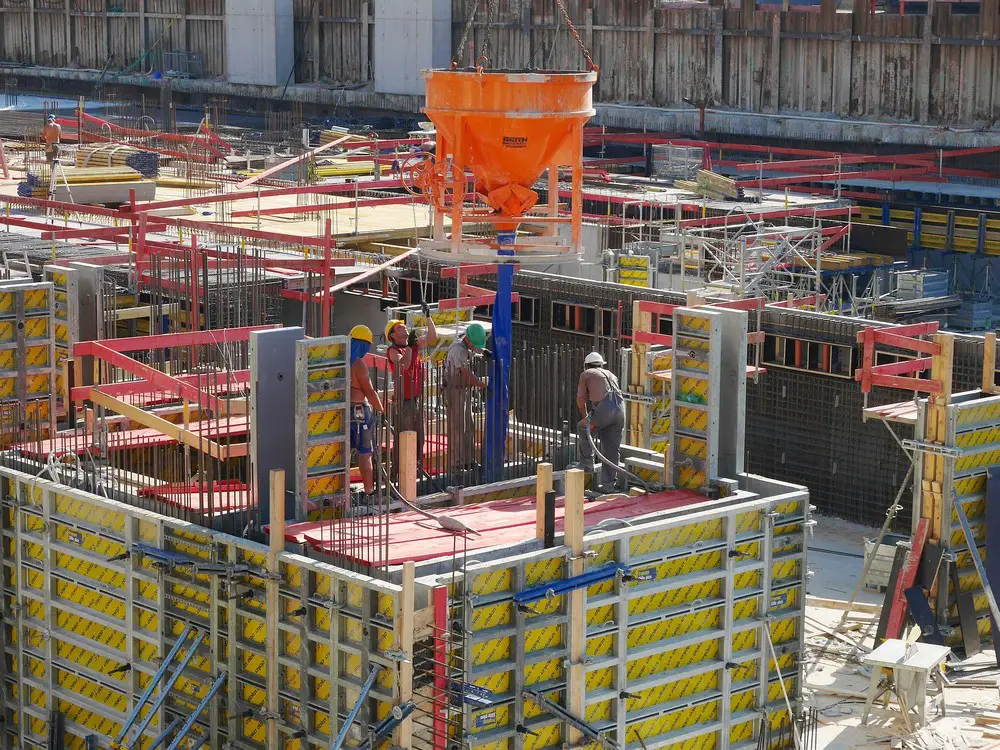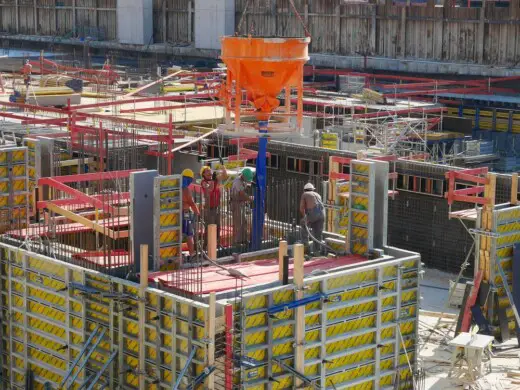The future of building construction, Modern property build tips, Housebuilding robot bricklayers
The Future of Building Construction
26 Jan 2023
Introduction to The Future of Building Construction
Construction is a booming industry, with the recent growth of housing and apartment building in cities like New York. However, it’s far from perfect. Building construction is expensive and often slow, which means projects take years to finish and cost taxpayers more than necessary. These are only some of the reasons why we need robots in our buildings—and they’re already here. Luxury properties such as the upcoming Tembusu Grand are leveraging the advancements in building automation to optimise their construction processes. You might be surprised at how much progress has been made in just the last few years towards making construction safer, faster and cheaper.
Robot bricklayers are coming.
Robot bricklayers are coming. They can help build faster and safer, helping to reduce construction costs by up to 15%. Robots have been used in the high-tech building industry for years, but we’re now seeing an increase in more traditional construction being automated. Bricklaying robots are already being used on building sites around the world, including Australia and Switzerland. These machines use artificial intelligence to assemble bricks into walls with precision to within a fraction of a millimeter (0.04 inches), which is important if you want your house not to fall apart when it rains!
Autonomous concrete pourers can help build faster and safer.
Autonomous concrete pourers (ACP) can help build faster and safer. They can pour concrete into the correct place, working around the clock in all weather conditions. Because they are more accurate than humans, ACPs can help your construction team complete projects faster—and with fewer errors that increase costs and slow down progress on site.
Drones can help architects and engineers plan a project.
Architects can use drones to make sure that the building is designed to fit its surroundings. For example, if you’re building a house in a forested area, it may be necessary to build around trees or choose materials that blend with natural surroundings. These considerations are difficult for an architect on paper alone; drone technology allows them to be visualized in 3D space before any physical construction takes place.
3D printing can make construction faster, cheaper and more accurate.
3D printing has the potential to change the construction industry. For example, this technology can be used to make smaller items like door handles and window frames, which can then be assembled into larger structures. At the same time, 3D printing can also be used for large-scale projects such as bridges and skyscrapers.
The key difference between 3D printing and traditional manufacturing is that traditional manufacturing requires an initial investment in equipment before you start producing anything. In contrast, with 3D printing all you need is a computer file containing your blueprint and raw materials (which may include metal or plastic). Once these items have been purchased through a supplier or stored on-site at your construction site they can be combined into whatever shape or form you want!
This makes it cheaper than traditional methods because there’s no need for expensive machinery; instead all you need is some basic knowledge about how computers work plus access to software programs such as Autodesk 123D Catch (for creating photos). The biggest benefit though will come from reduced lead times since there are no minimum order sizes required when using these printers – meaning any company could potentially start making anything they wanted right away! Although many people think this technology could only improve efficiency within large corporations like Apple Inc., I believe we’ll see greater benefits coming out of small businesses soon enough too!
The future of construction is being built with robots, drones and 3D printing
Robots can help build faster and safer. They work 24/7 without breaks or lunch hours, they don’t get tired and they’re not afraid of heights. Not only that but autonomous concrete pourers will be able to pour the floors of office buildings faster than any human could ever do it in one day, helping architects and engineers create more efficient designs for tall buildings. Drones will be used by architects to plan their designs on a large scale before starting construction, saving time and money when building a structure as complicated as an entire skyscraper!
Conclusion
These are just a few examples of how technology is helping the construction industry. The future of building construction has never been brighter, and it’s exciting to see how these new technologies will change our lives for the better.
Comments on this The Future of Building Construction article are welcome.
Building
Scottish Architecture
Queen Margaret University – QMUC
Queen Margaret University
Royal High School Building
Royal High School
Scottish Parliament Building
Scottish Parliament
Comments / photos for the The Future of Building Construction page welcome

